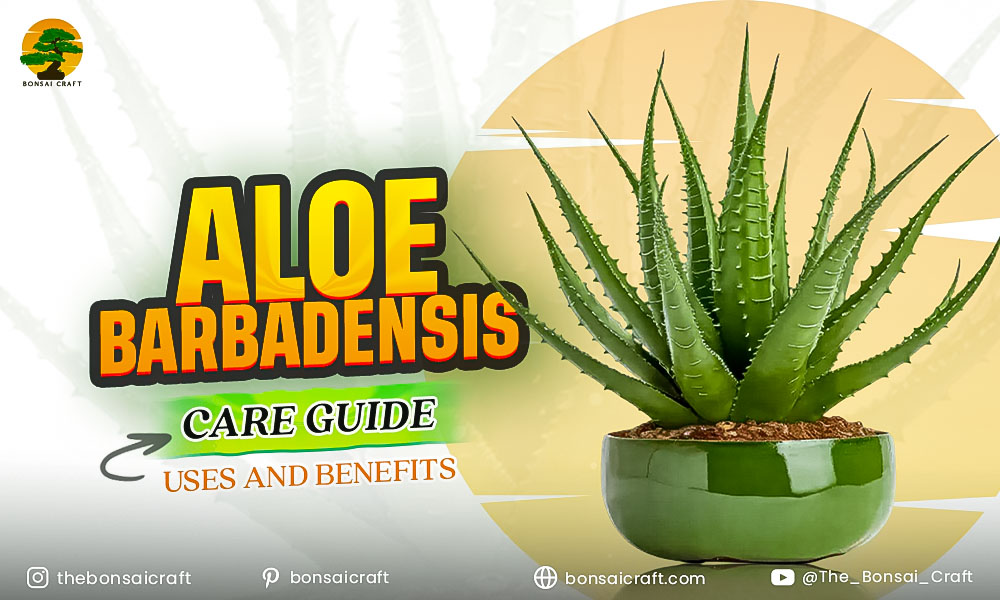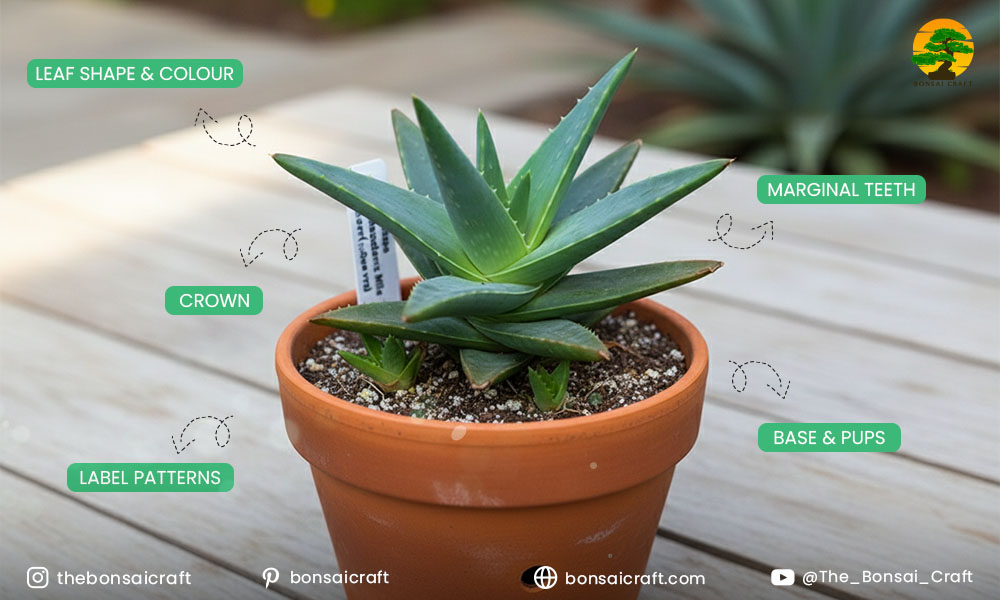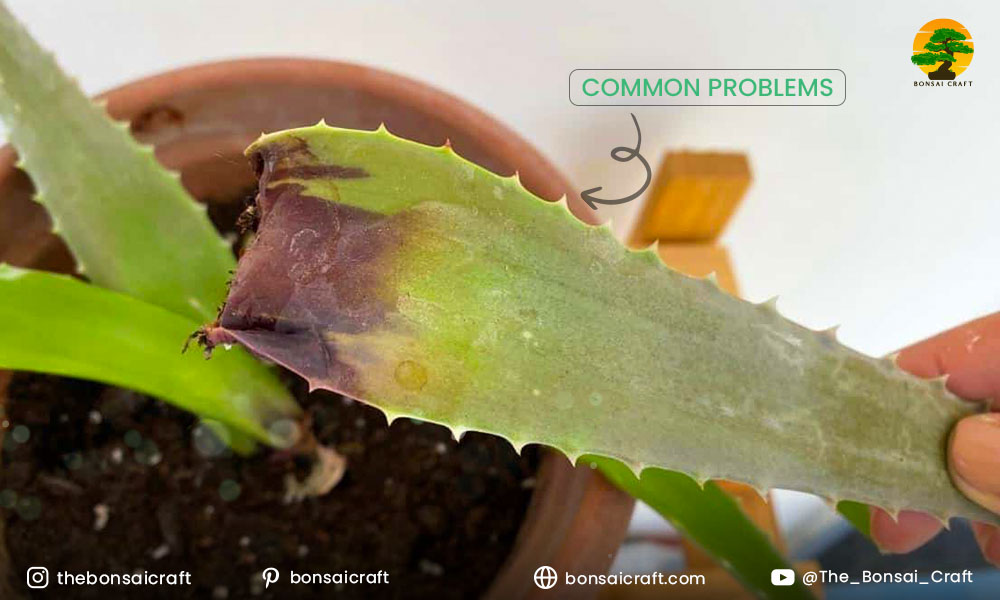
If you’re looking to unlock the full potential of aloe barbadensis, you’re exploring a plant revered for both its ornamental charm and health-promoting properties. Known scientifically as Aloe vera barbadensis Miller plant or simply barbadensis aloe, this succulent has been cherished for centuries for its soothing gel, medicinal uses, and decorative appeal.
In this guide, I share hands-on experience caring for Aloe barbadensis, along with research-backed insights to help you grow a healthy and vibrant plant. Whether you want to understand what aloe barbadensis leaf juice, identify a true Aloe vera barbadensis Miller plant, or maintain a large Aloe vera plant indoors, this article provides actionable tips for every step from planting and watering to harvesting and using its gel.
By following these guidelines, you can enjoy the full aloe vera benefits, including skin care, digestive support, and air-purifying qualities, while keeping your plant thriving. Even beginners will find it easy to nurture this resilient succulent with the right care, soil, and light conditions.
What is Aloe barbadensis?
Aloe barbadensis Miller, commonly labelled “aloe vera”, is a succulent species in the Asphodelaceae family native to arid regions, widely cultivated for its thick gel-filled leaves and medicinal uses.
Detailed Explanation:
- Botanically, the term Aloe barbadensis Miller is considered a synonym of Aloe vera, and many sources use them interchangeably.
- This plant features rosettes of fleshy, triangular leaves with serrated edges and may reach 12–18 inches (30–45 cm) in leaf length in suitable conditions.
- The leaves store water, making the plant drought-tolerant and ideal for indoor or warm climate environments.
- Traditionally used for skin conditions, burns and digestive support, this species now forms the basis of many commercial aloe products.
Why this matters:
Knowing the correct species and recognising its botanical traits helps you avoid confusion with look-alike succulents and ensure
- Crown: A healthy plant has a tight crown (centre leaves upright) with no collapsing or rotting base.
- Base & pups (offsets): The species readily produces “pups”—small clones around the base. Good indicator of species and health.
- Label patterns: Beware plants labelled “large aloe vera plant” or “aloe vera succulent”. Confirm they say Aloe barbadensis Miller or Aloe vera to avoid mis-species.
Pro tip: If the plant has large variegations, red edges or extremely small leaves, dig deeper—they may be cultivars or hybrids. For classic medicinal/traditional use, the true Aloe barbadensis form is preferred.
How to Grow and Care for Aloe barbadensis
Ideal Growing Conditions
Growing Aloe barbadensis demands bright light (full sun preferred), warm stable temperatures (above ~10 °C), and extremely well-draining soil in which you get the genuine benefits tied to Aloe barbadensis.

Identify the Aloe vera barbadensis Miller by its fleshy, serrated leaves packed with healing gel.
How to Identify Aloe vera barbadensis Miller Plant
Look for a rosette of thick, green to grey-green leaves with soft marginal teeth, a firm crown (not wobbling), and pups at the base; labels may say aloe barbadensis or aloë vera vera.
Detailed Explanation:
- Leaf shape & colour: Leaves are triangular, narrow at the base, widening then tapering to a point. The colour is often blue-green or grey-green.
Marginal teeth: Soft, regularly spaced, tiny teeth along leaf edges. Aggressive spike-shaped plants may be agave rather than aloe.
ou allow the plant to dry between deep waterings.
Detailed Explanation:
- Light: The plant performs best in bright light; indoors, a south or west-facing window is ideal. Enough sun encourages compact form and prevents leggy growth.
- Temperature & climate: It’s hardy in USDA zones 10–12 (approx. above ~1 to 4 °C tolerated briefly) but outside that range it must be pot-grown and brought indoors in cooler seasons.
- Soil & drainage: Use a cactus/succulent mix or sandy loam with added perlite/pumice. The root crown must be raised slightly above soil level to avoid rot.
- Watering: Unlike many succulents, this aloe prefers deep watering followed by a complete drying out of the top soil. Overwatering is the most common mistake.
Potting, Repotting & Soil Mix
Repot every 2–3 years or when root-bound, using a fresh, well-draining mix and a pot with drainage; elevate the crown slightly to prevent rotting.
Detailed Explanation:
- Select a pot just one size larger than the root ball; bigger pots hold excess moisture which can lead to rot.
- Use a mix of: 60% cactus/succulent soil + 20% pumice/perlite + 20% coarse sand.
- After repotting, wait a week before watering, letting roots recover.
- Good practice: remove old pups and replant or discard to maintain plant vigour.
My personal insight: I repotted a ~3-year-old plant last summer and found the root mass was dense—even though the leaves appeared pale. Fresh soil rejuvenated it and by autumn it put out a second flower spike.

Discover the amazing uses and benefits of Aloe barbadensis, from skincare to digestive wellness.
Uses & Benefits of Aloe barbadensis
What are the main aloe vera benefits of using Aloe barbadensis?
The gel from aloe barbadensis leaves contains over 200 bioactive compounds that may support skin health, wound healing, antioxidant and antimicrobial functions, and some metabolic processes when used appropriately.
Detailed Explanation:
- A narrative review found that Aloe barbadensis Miller contains phenolic acids, flavonoids, polysaccharides, saponins, terpenoids and anthraquinones.
- Research highlights include:
- Wound healing and skin: Topical aloe gel reduced burn healing time by ~9 days in reviewed studies.
- Antibacterial/antiviral: Studies show inhibition of Staphylococcus aureus and Pseudomonas aeruginosa.
- Digestive support: Certain aloe latex components like aloin provide laxative effects—but must be used with caution.
- General wellness: Nutrients in the gel include vitamins A, C, E, B-complex, and minerals like magnesium, zinc, and copper.
Important caution:
While many benefits are promising, oral consumption is not without risk. The U.S. National Toxicology Program found non-decolorized whole-leaf extracts (which include aloin) may pose cancer risk in rodents; hence, caution is warranted.
Traditional use signal: Ancient cultures named it “the plant of immortality” for its longevity and healing associations.
How to Use Aloe barbadensis Leaf Juice & Gel
Aloe barbadensis leaf juice refers to the clear inner-leaf gel or filtered extract from the mature leaves of the plant; when harvested correctly, it is used topically or diluted for internal use, removing the bitter latex to avoid laxative effects.
Detailed Explanation:
- Harvesting:
- Select a mature outer leaf.
- Cut at the base. Tilt upright 10–15 minutes to drain the yellow latex.
- Slice open and scoop out the clear gel. Discard the rind.
- Topical application: Use gel on minor burns, sunburns, and skin irritations. Store refrigerated up to 1 week or freeze in cubes.
- Juice / internal use: Only use commercially-processed inner-leaf juices labelled to exclude aloin. For self-use: dilute heavily, consult a health professional. Overuse may cause digestive disturbance or is contraindicated during pregnancy.
- Storage & safety: Perform a patch test if you have sensitive skin. For pets, ingesting leaves (latex) can be toxic.
Professional tip: I keep one pot next to my kitchen window. Whenever I have a minor burn or sunburn, I harvest a leaf immediately, drain the latex and apply the gel—results are fast and effective.

Learn to identify and treat common pests and diseases that affect your Aloe barbadensis plant.
Common Problems, Pests & Diseases
Aloe barbadensis may suffer from overwatering (leading to root rot), scale or mealy-bug infestation, and leaf sun stress; correct soil, watering rhythm, good airflow and pest checks solve most problems.
Detailed Explanation:
- Overwatering/Root rot: The biggest risk. Use a pot with drainage, soil dries between waterings, and raise the crown slightly above the soil.
- Pests: Mealybugs and scale insects can hide in leaf axils; treat with alcohol on a cotton swab or insecticidal soap.
- Sunburn/Leaf burn: Leaves may turn red or brown if exposed to intense midday sun without acclimation. Provide partial shade initially.
- Pet toxicity: Contains saponins and anthraquinones (e.g., aloin) in latex – ingestion by cats/dogs causes vomiting/diarrhea.
Maintenance tip: Every few weeks check the underside of leaves and base for pup offsets; remove dead leaves and allow airflow around the crown to prevent fungal growth.
Varieties & Large Aloe Vera Plant Types
Beyond the typical Aloe barbadensis Miller, there are large-leaf cultivars, spotted variants and hybrids; while all are referred to as “aloe vera plants”, true medicinal gel yield and authenticity vary, so identify by botanical name.
Detailed Explanation:
- True species: Aloe barbadensis Miller is the standard for therapeutic uses.
- Large-leaf or variegated cultivars: These may be labelled large aloe vera plants but may prioritise decorative traits over gel quality.
- Succulent hybrids: Some cross with Aloe brevifolia, Aloe arborescens, or have heavily spotted leaves; still called “aloe vera succulent,” but gel composition may differ.
- Choosing for uses: If you grow for aloe vera benefits, pick plants labelled Aloe barbadensis Miller or Aloe vera. For decor only, less stringent.
Conclusion
Growing a healthy Aloe barbadensis is both achievable and rewarding. With proper recognition (how to identify Aloe vera barbadensis Miller), bright light, appropriate soil, minimal watering, and quality uses (what is Aloe barbadensis leaf juice), you’ll benefit from the time-tested therapeutic potential. Whether you’re interested in its aloe vera benefits for skin, digestive support or simply as a resilient houseplant, mastering its care is within reach.
In my years of growing and studying this succulent species, the difference between a neglected and well-cared-for plant is evident: thriving rosettes, clean gel, clear offsets and consistent growth. Treat it with respect, use sound practices, and your Aloe barbadensis plant will serve you for years.
FAQs
How often should I water my Aloe barbadensis plant?
Water deeply but infrequently: allow the top 2–3 cm of soil to dry completely before watering again. In bright indoor or outdoor full-sun conditions, watering every 10-14 days is common; reduce to every 3–4 weeks in cooler/dimmer seasons.
Can I use gel from a large aloe vera plant for skin?
Yes, when it’s truly Aloe barbadensis, harvest an outer mature leaf, drain the yellow latex, scoop the clear gel and apply directly. It’s commonly used for aloe vera benefits like soothing sunburn and minor skin irritations. Always patch-test first.
What is the difference between Aloe barbadensis and other aloe varieties?
Aloe barbadensis Miller is the accepted species most studied for medicinal uses. Other aloe varieties may differ in leaf size, colour or gel content. For best results in using aloe benefits, stick with plants labelled Aloe barbadensis or Aloe vera.
Are there any risks in consuming aloe vera leaf juice from Aloe barbadensis?
Yes, unfiltered whole-leaf extracts contain aloin, a laxative anthraquinone which has been linked to health risks. Only use commercially processed inner-leaf juices labelled safe, and consult a healthcare professional.
How do I get my Aloe barbadensis plant to produce pups/offsets?
Healthy plants in bright light, repotted in well-draining soil and kept slightly stressed (less water for a short time) encourage the production of pups. After 1–2 years, offset removal and repotting can produce new plants.
